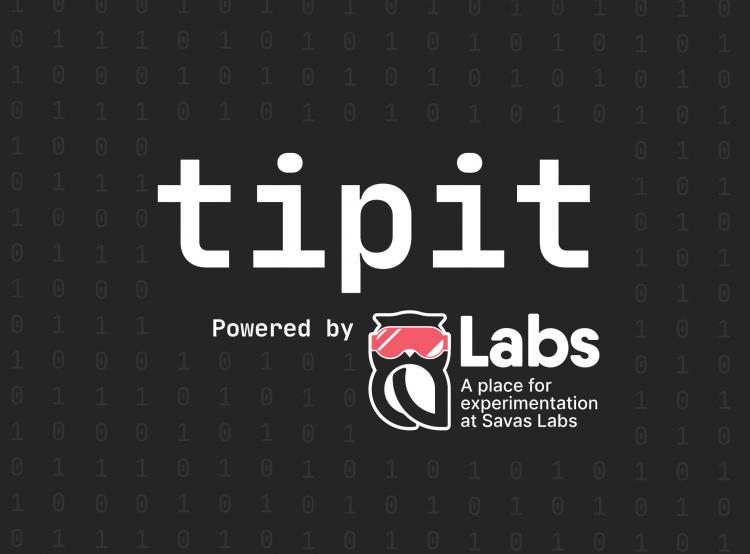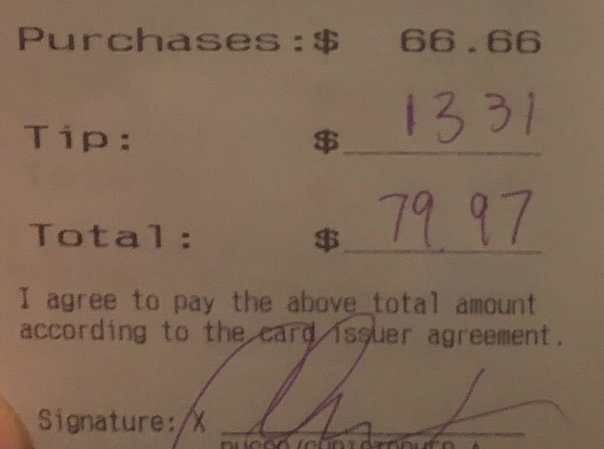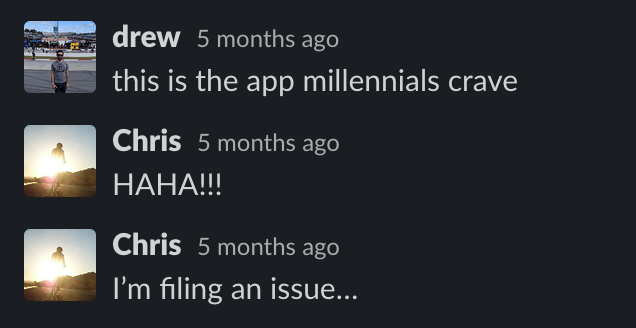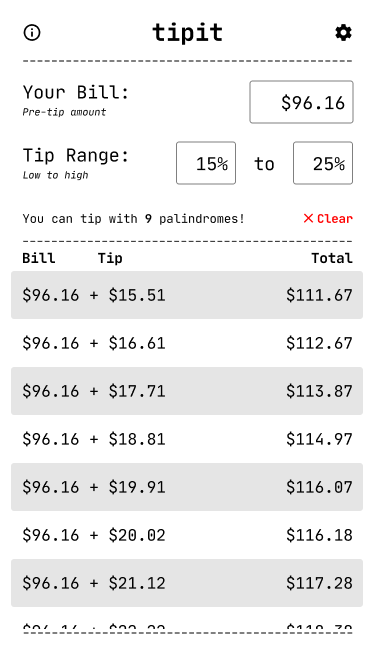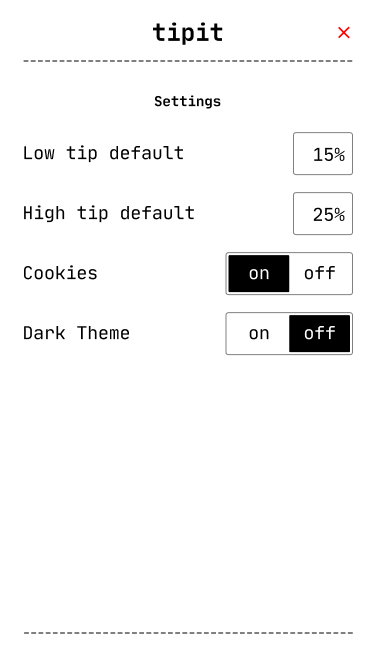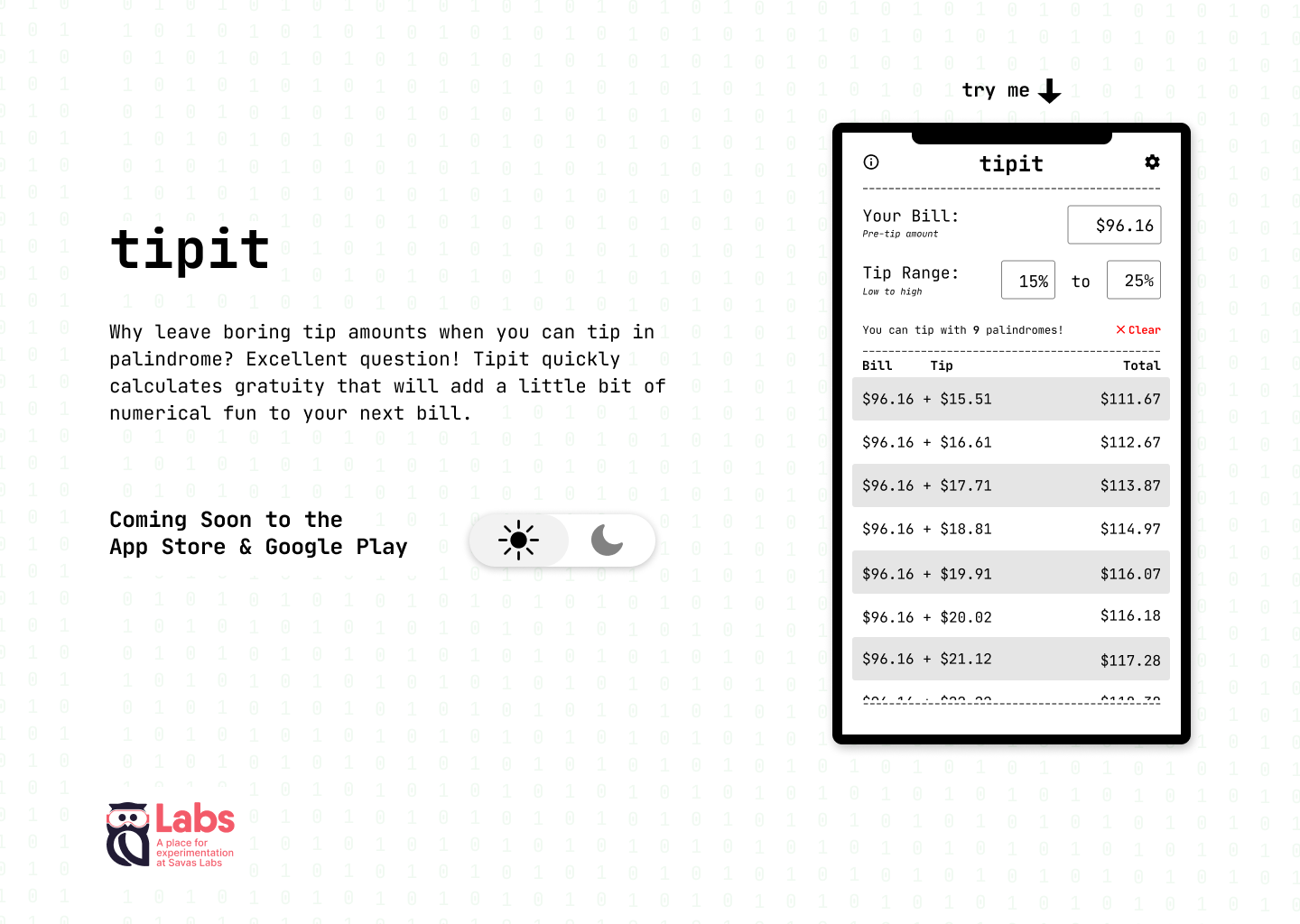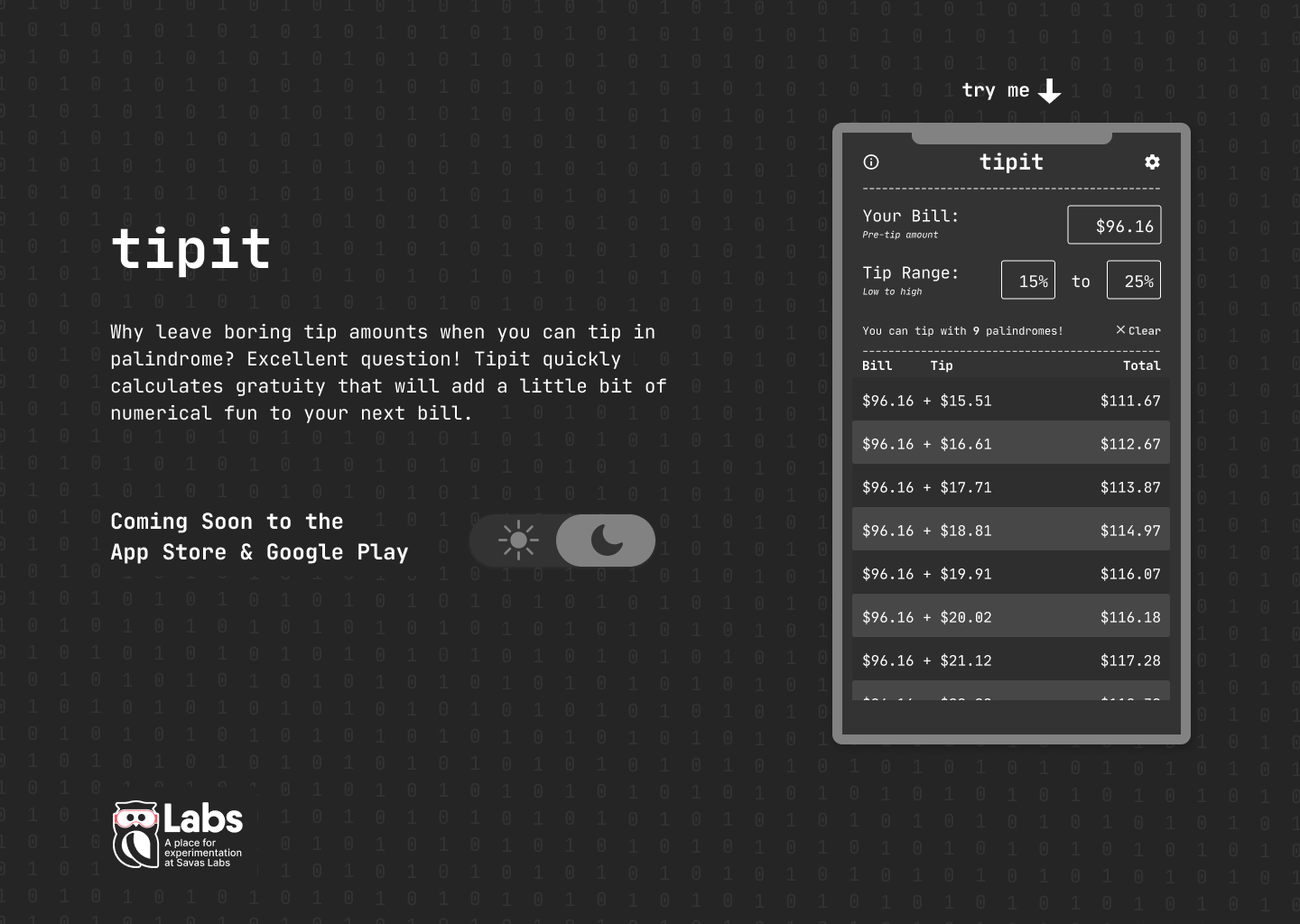If you’re an avid reader of the Savas Labs blog, you now know about our Labs™ space. What you might not know is Savas founder and CEO Chris’s obsession with palindromes.
During our weekly Monday meetings, we each share a highlight and lowlight from the past weekend. One morning, Chris shared with great delight that he accomplished his first-ever triple palindrome receipt over the weekend:

